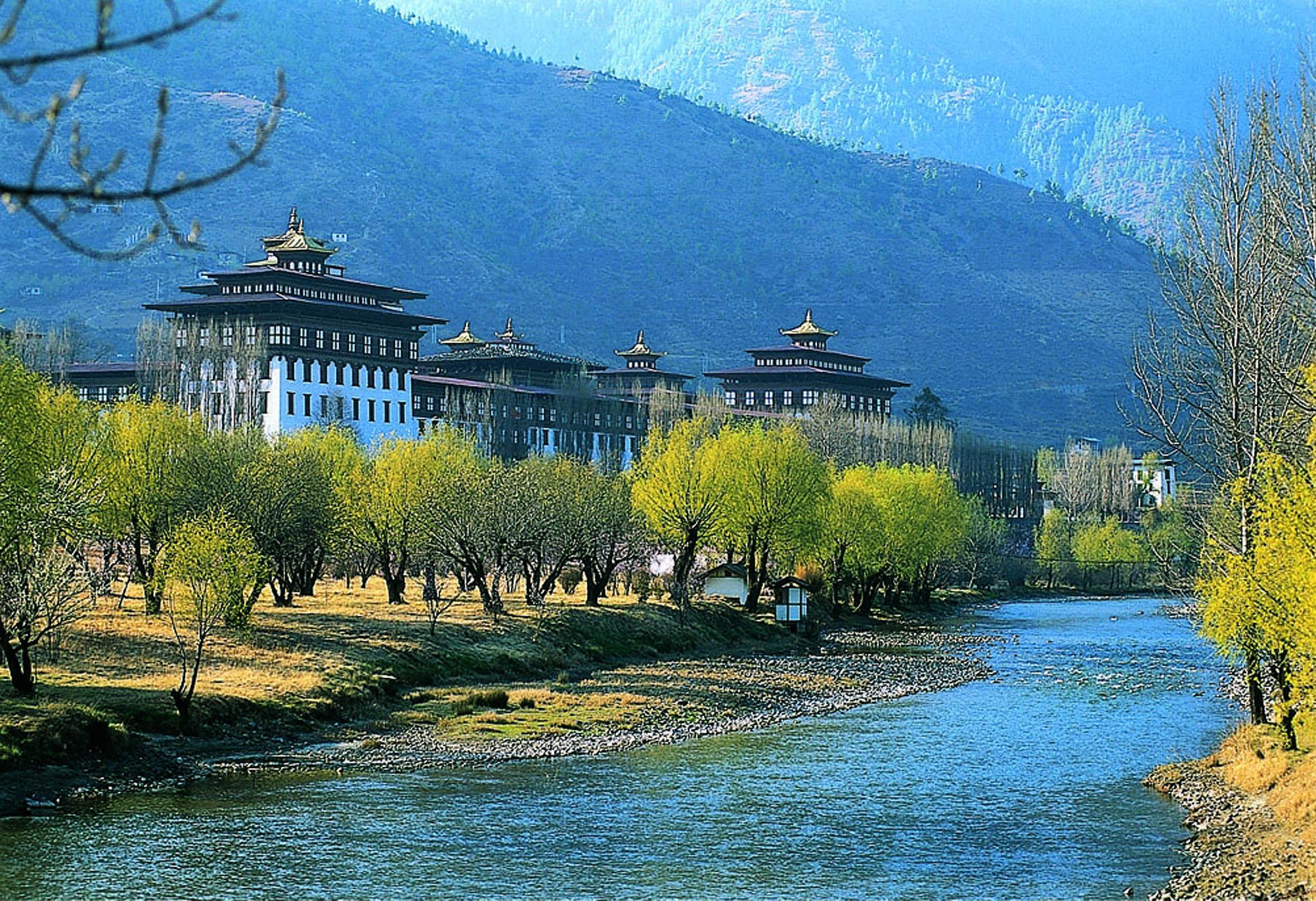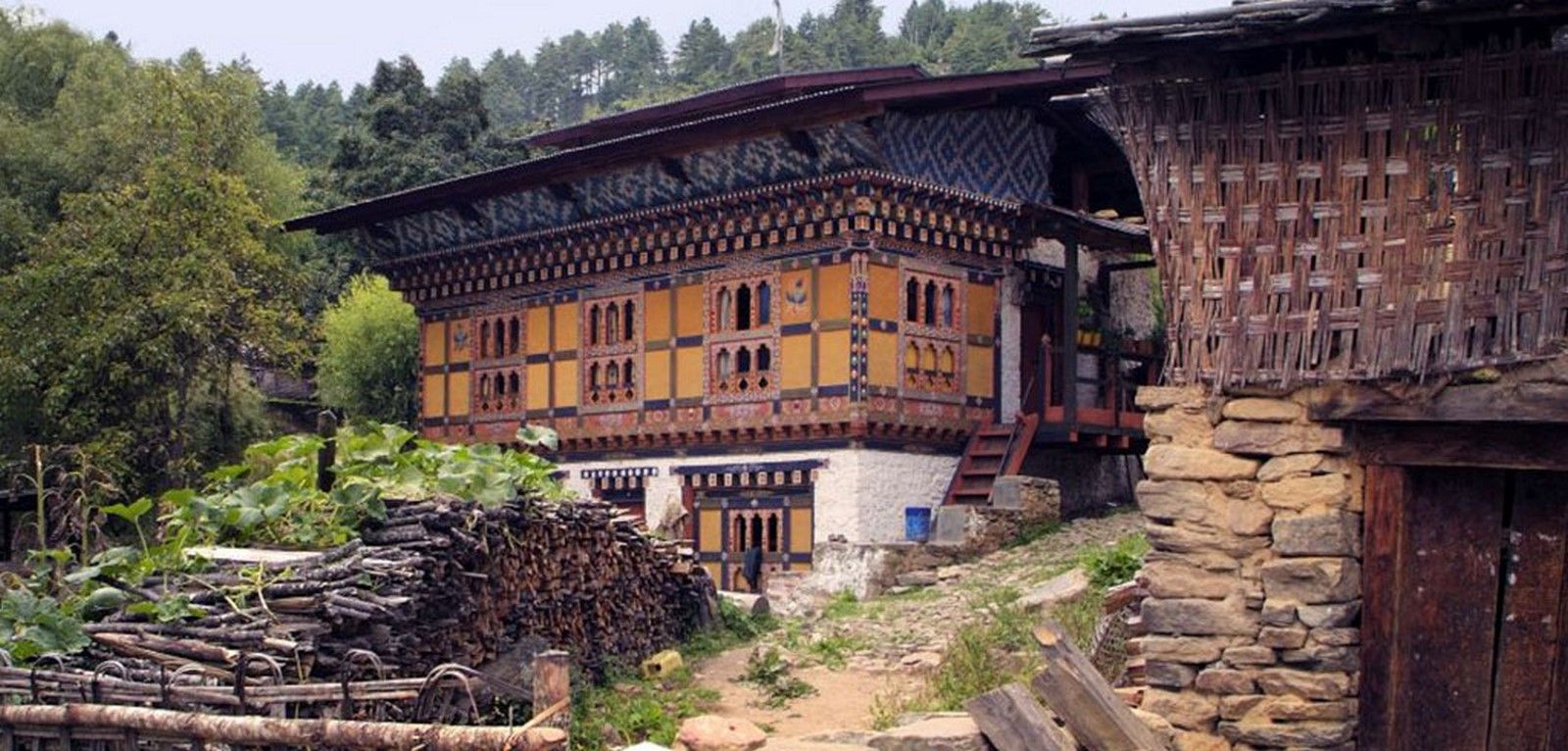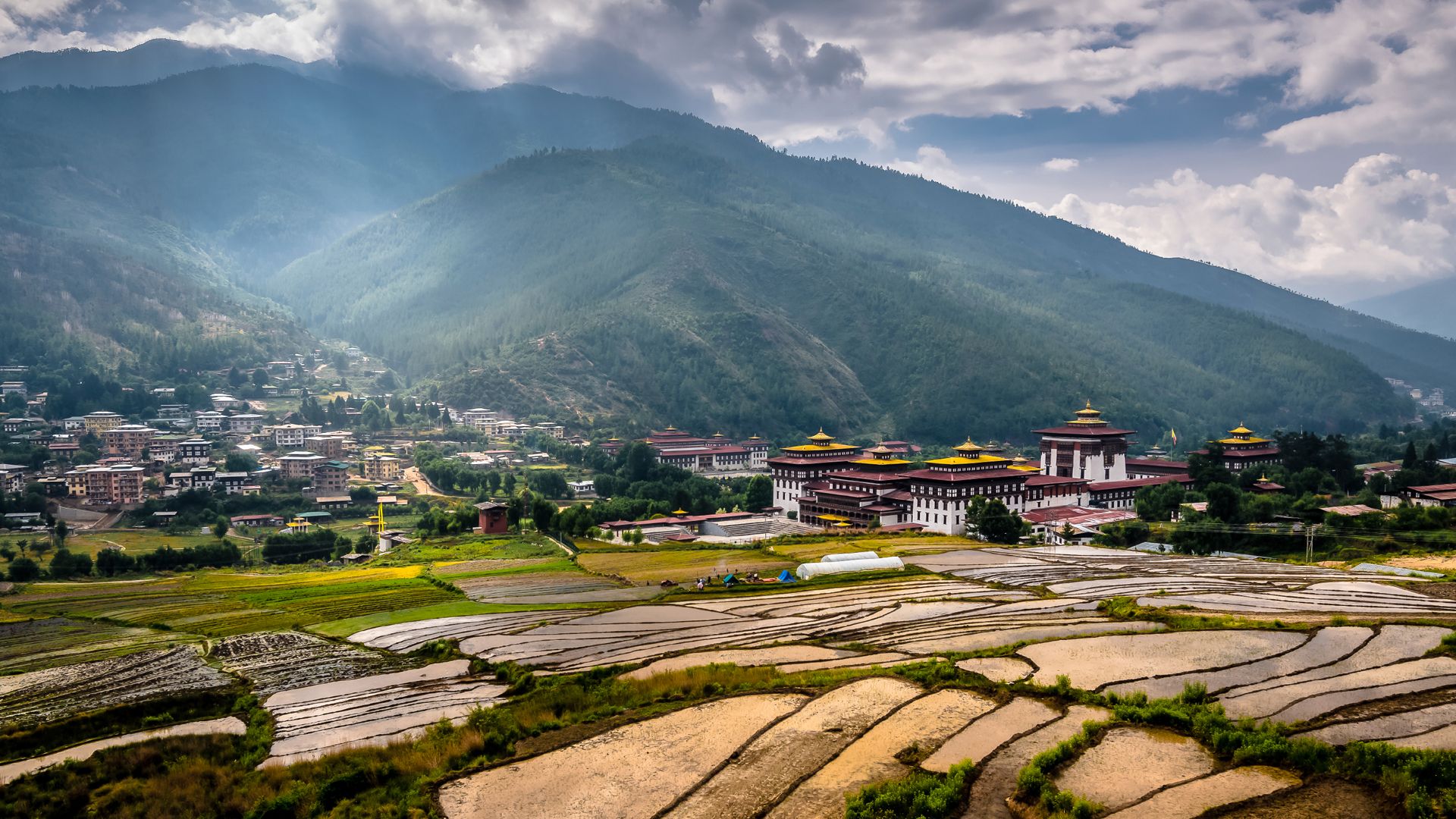Thimphu, Bhutan’s capital, offers a magical experience throughout the year. Nestled in the Himalayas, this city is renowned for its scenic beauty, historic dzongs, and monasteries. The climate varies by season, and each has its own unique charm. Here’s a day-wise breakdown of the best times to visit Thimphu based on seasonal changes:
Spring: March, April, and May – Best Time to Visit Thimphu
Day 1: Arrival in Thimphu

The beauty of Thimphu during spring is unparalleled. As you arrive, the city is covered with a vibrant blanket of wildflowers, rhododendrons, and lush vegetation. The crisp, clear weather and moderate temperatures, ranging from 4°C to 23°C, offer the perfect atmosphere to explore. The streets are fragrant with fresh blossoms, making it an ideal time to discover the local culture, markets, and surroundings.
– Highlights: Visit the National Memorial Chorten, Tashichho Dzong, and Buddha Dordenma Statue. Explore the weekend market, where fresh spring produce is sold.
Autumn: September, October, and November – Best Time to Visit Thimphu
Day 2: Exploring Thimphu’s Hidden Corners
Autumn in Thimphu is equally charming with its refreshing rain showers and crisp air. The temperature ranges between 4°C to 20°C, making it comfortable for outdoor activities. The autumn harvest, with its golden fields, enhances the landscape, creating beautiful photo opportunities. The clear skies provide a perfect view of the surrounding Himalayan peaks.
– Highlights: Take a hike up to the Taktsang Monastery (Tiger’s Nest) or explore the Folk Heritage Museum. Visit the local monasteries and interact with monks to learn more about Bhutanese culture.
Winter: December, January, and February – Ideal Time to Visit Thimphu
Day 3: Winter Wonderland

Winter in Thimphu offers a unique, serene experience. The city is covered with snow, transforming it into a winter wonderland. The temperatures drop to -1°C, and the city often experiences its heaviest snowfall in January and February. While this can cause some routes to be closed, the clear, crisp air and stunning white scenery create an unforgettable atmosphere. It’s an ideal time for those who enjoy winter landscapes, but be prepared with warm clothing.
– Highlights: Explore Thimphu’s dzongs, such as Semtokha Dzong, which looks even more majestic against the snowy backdrop. Visit the nearby Dochula Pass for a panoramic view of the Himalayas.
Summer: June, July, and August – Decent Time to Visit Thimphu
Day 4: Experience the Lush Greenery of Thimphu
Summer in Thimphu is influenced by the Indian summer, with temperatures rising to 28°C during the day. The lush green landscape comes to life, but heavy rain showers are frequent, making the terrain muddy and slippery. Although the rainfall can sometimes be disruptive, it also brings a refreshing coolness to the air. The monsoon season doesn’t make it the best time to visit, but those who don’t mind a little rain can enjoy the vibrant greenery and quieter tourist spots.
– Highlights: Take a nature walk through the forests surrounding Thimphu or visit the Wangditse Monastery, which offers beautiful views of the valley.
Day-wise Itinerary: Exploring Thimphu’s Best Sights
Day 1: Arrival & Explore the City (Spring Season)
– Morning: Arrive in Thimphu and check in to your accommodation. Enjoy a traditional Bhutanese breakfast.
– Afternoon: Visit the Buddha Dordenma Statue and enjoy panoramic views of the valley. Take a leisurely walk around Tashichho Dzong, a magnificent fortress and the seat of the central government.
– Evening: Visit Thimphu’s Weekend Market to see local vendors selling fresh produce, handicrafts, and souvenirs.
Day 2: Cultural Exploration & Scenic Views (Autumn Season)
– Morning: Visit National Memorial Chorten, a Buddhist stupa, and spend some time with the locals who come to pray and walk around the stupa.
– Afternoon: Head to the Folk Heritage Museum to learn about traditional Bhutanese lifestyle and culture. Later, enjoy a nature hike to the Chagri Monastery or the Buddha Dordenma Statue.
– Evening: Relax in Norzin Lam, the main street of Thimphu, where you can shop for souvenirs or enjoy a delicious Bhutanese meal.
Day 3: Monastery Visits & Nature Walks (Winter Season)

– Morning: Visit the Dochula Pass and enjoy the breathtaking view of the Himalayas, especially stunning during the winter months when the peaks are snow-capped.
– Afternoon: Visit Semtokha Dzong, the oldest dzong in Bhutan, and stroll through the quiet, snow-covered streets of Thimphu.
– Evening: Explore the nearby Motithang Takin Preserve to see the national animal of Bhutan, the Takin, and enjoy the winter chill as you discover the beauty of nature.
Day 4: Enjoy the Green Landscapes & Nature (Summer Season)
– Morning: Enjoy a nature walk around Phajoding Monastery, where you can enjoy the vibrant greenery of the forests and hills.
– Afternoon: Visit Wangditse Monastery for beautiful views of the Thimphu Valley and its surrounding areas. As summer brings lush greenery, the hike offers stunning vistas.
– Evening: Spend your evening at Changangkha Lhakhang, a temple perched on a hill that provides great views of Thimphu.

